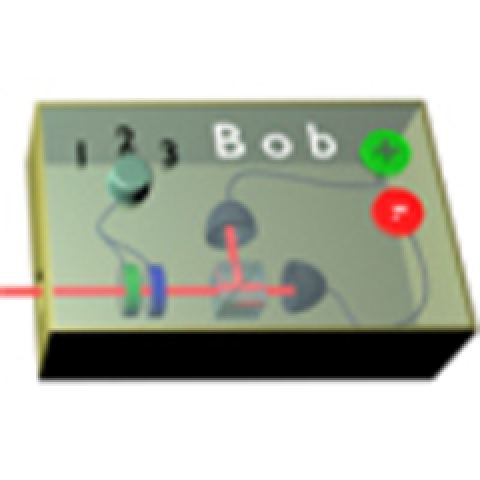- Record: found
- Abstract: found
- Article: found
Conclusive quantum steering with superconducting transition-edge sensors

Read this article at
Abstract
Quantum steering allows two parties to verify shared entanglement even if one measurement device is untrusted. A conclusive demonstration of steering through the violation of a steering inequality is of considerable fundamental interest and opens up applications in quantum communication. To date, all experimental tests with single-photon states have relied on post selection, allowing untrusted devices to cheat by hiding unfavourable events in losses. Here we close this 'detection loophole' by combining a highly efficient source of entangled photon pairs with superconducting transition-edge sensors. We achieve an unprecedented ∼62% conditional detection efficiency of entangled photons and violate a steering inequality with the minimal number of measurement settings by 48 s.d.s. Our results provide a clear path to practical applications of steering and to a photonic loophole-free Bell test.
Abstract
 Untrustworthy sources or detectors mean that quantum entanglement cannot always be
ensured, but quantum steering inequalities can verify its presence. Using a highly
efficient system, Smith
et al. are able to close the detection loophole and clearly demonstrate steering between
two parties.
Untrustworthy sources or detectors mean that quantum entanglement cannot always be
ensured, but quantum steering inequalities can verify its presence. Using a highly
efficient system, Smith
et al. are able to close the detection loophole and clearly demonstrate steering between
two parties.
Related collections
Most cited references10
- Record: found
- Abstract: found
- Article: not found
Violation of Bell's inequality in Josephson phase qubits.
- Record: found
- Abstract: found
- Article: not found
Realization of the Einstein-Podolsky-Rosen Paradox Using Momentum- and Position-Entangled Photons from Spontaneous Parametric Down Conversion
- Record: found
- Abstract: found
- Article: found